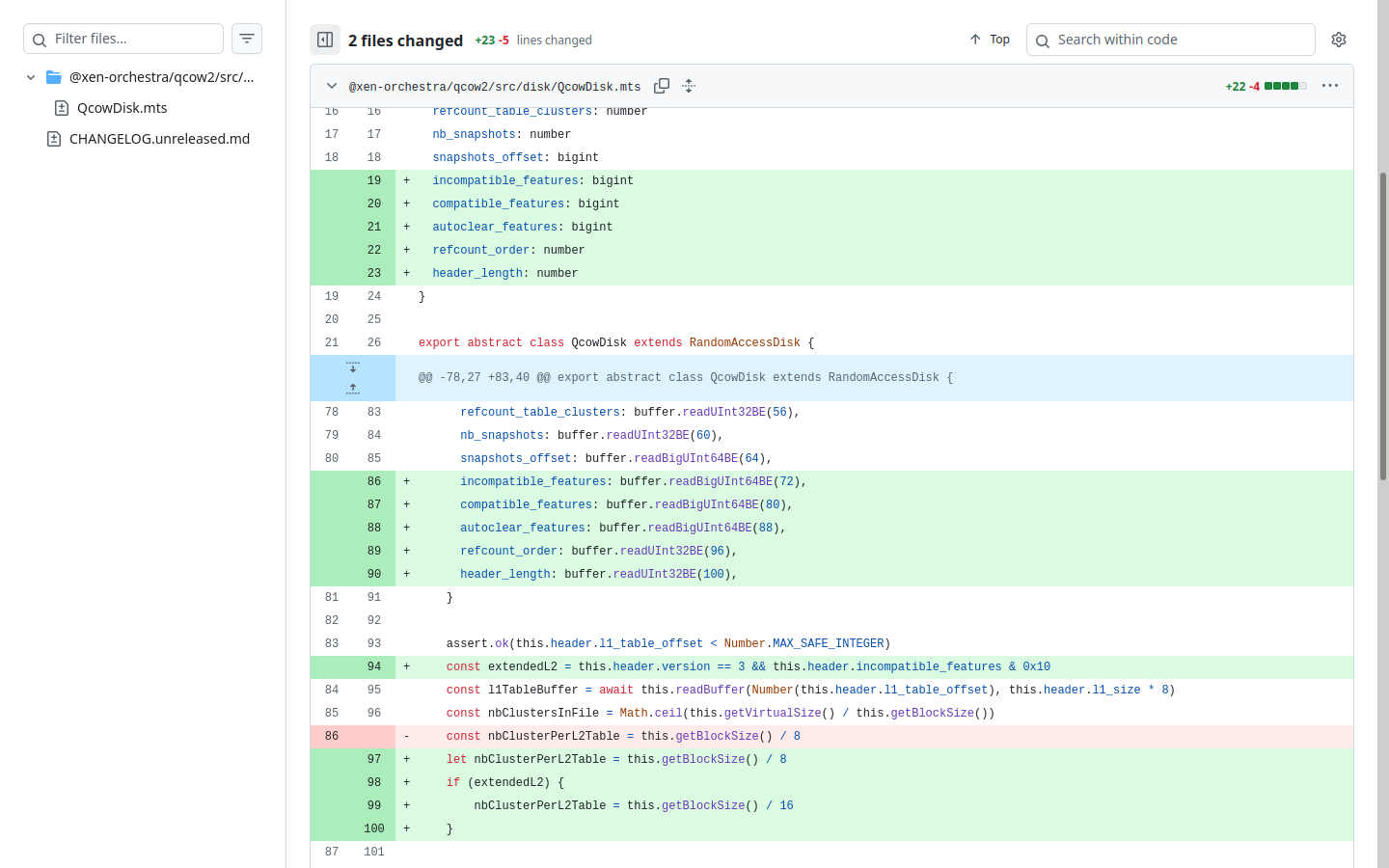There are no other jobs.
I've now spun up a completely separate, fresh install of XCP-ng 8.3 to test the symptoms mentioned in the OP.
Steps taken
- Installed XCP-ng 8.3
- Text console over SSH
-
xe host-disable
-
xe host-evacuate(not needed yet of course since it's a brand-new install)
-
yum update
-
- Reboot
- Text console over SSH again
-
- Created local ISO SR
-
-
xe sr-create name-label="Local ISO" type=iso device-config:location=/opt/var/iso_repository device-config:legacy_mode=true content-type=iso
-
-
-
cd /opt/var/iso_repository
-
-
-
wget # ISO for Ubuntu Server
-
-
-
xe sr-scan uuid=07dcbf24-761d-1332-9cd3-d7d67de1aa22
-
- XO Lite
-
- New VM
-
- Booted from ISO, installed Server
- Text console to VM over SSH
-
- apt update/upgrade
-
- installed xe-guest-utilities
-
- Installed XO from source (ronivay script)
- XO
-
- Import ISO for Ubuntu Mate
-
- New VM
-
-
- Booted from ISO, installed Mate
-
-
-
- apt update/upgrade
-
-
-
- xe-guest-utilities
-
-
- New CR backup job
-
-
- Nightly
-
-
-
- VMs: 1 (Mate)
-
-
-
- Retention: 15
-
-
-
- Full: every 7
-
Exact same behaviour. After first (full) CR job run, additional (incremental) CR job runs results in one more 'unhealthy VDI'.
I've engaged in no other shenanigans. Plain vanilla XCP-ng and XO. There are only two VMs on this host, the XO from source VM, and a desktop OS VM which is the only target of the CR job. There are zero exceptions in SMlog.
What do you need to see?




